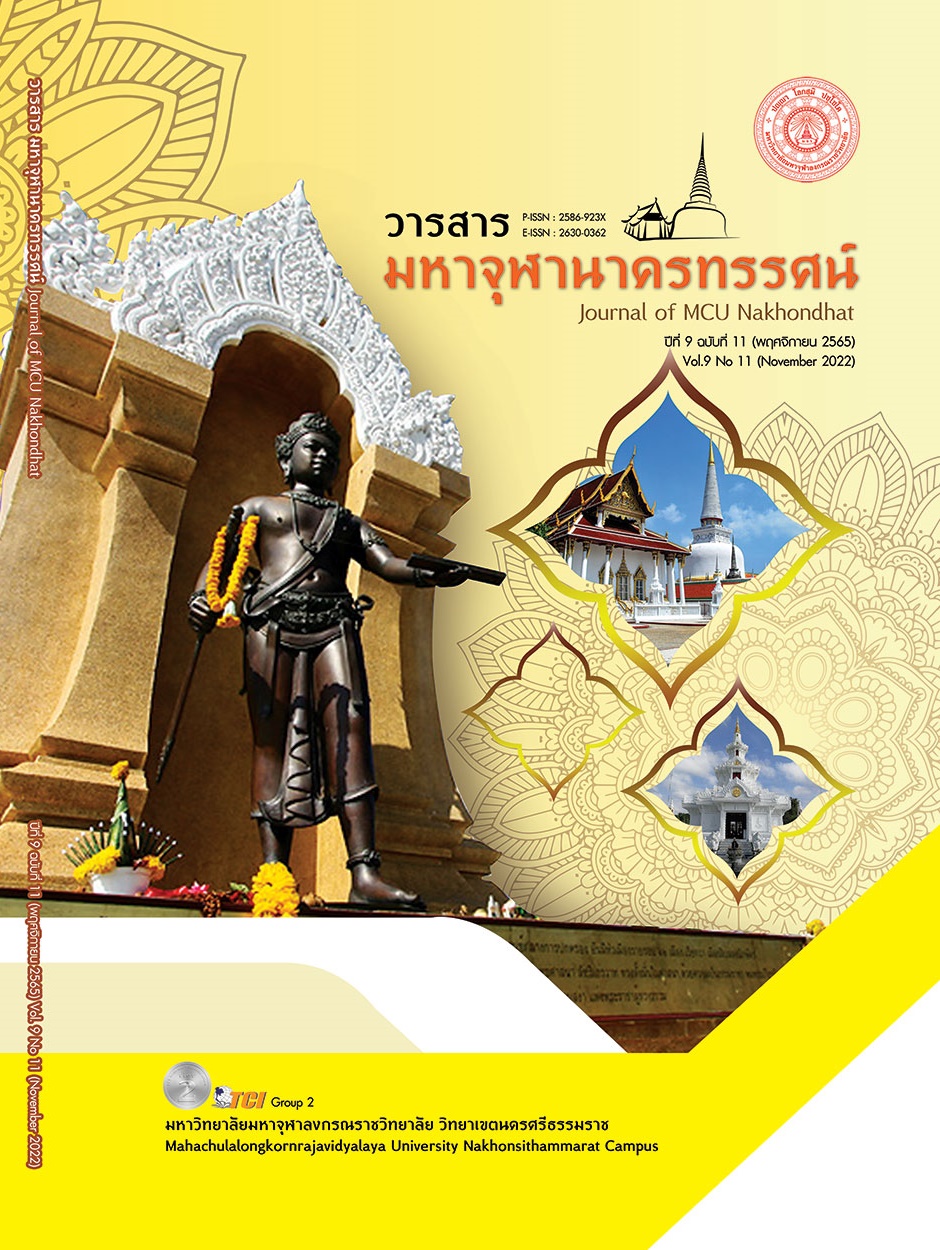THE METHOD OF HARVESTING ANDROGRAPHIS PANICULATA SEEDS FOR PROPAGATION
Main Article Content
Abstract
The objectives of this research article were to investigate the seed harvesting method of Andrographis paniculata (5-month-old) by quantitative research methods in comparison between harvesting only mature pods and harvesting by pruning old pods. The results found that the harvesting only mature pods was collected seed amount 10 sets (500 g/set). The average of seed weight was 113.81 g/set which contained 96.20 g of intact seeds and 17.61 grams of damaged seeds, equivalent to a ratio of 5.46 : 1. Moreover, the moisture content of seeds was 8.43%. For harvesting by pruning old pods, the seeds were collected to 3 sets (15kg/set) which the average seed weight was 404.13 g/set. There were moisture content as 7.54 % which contained intact seeds about 247.60 g and damaged seeds about 156.53 g (intact seeds : damaged seeds ratio as 1.58 : 1) The advantages and disadvantages analyzing of seed harvesting method, we found that the harvesting only mature pods was yields of intact seeds more than damaged seeds (5.46 times), however, this method was taken time and more labor-intensive. Whereas, the harvesting by pruning old pods was less yields of intact and damaged seeds (1.58 times) but used time and labor less than the harvesting only mature pods. Thus, the choose of seed harvesting method could be considered the readiness and limitations of farmer. In conclusion, the outcomes of this study could be used as a database in Andrographis paniculate planting for increasing the income of farmer.
Article Details

This work is licensed under a Creative Commons Attribution-NonCommercial-NoDerivatives 4.0 International License.
References
กรมวิชาการเกษตร. (2564). คู่มือสำหรับเกษตรกร การผลิตฟ้าทะลายโจร. เรียกใช้เมื่อ 8 มกราคม 2565 จาก https://www.doa.go.th
กรุงเทพธุรกิจ. (2563). "ตลาดสมุนไพร"เศรษฐกิจหลักของไทย. เรียกใช้เมื่อ 09 ตุลาคม 2565 จาก https://www.bangkokbiznews.com
คณะทำงานจัดทำแผนพัฒนาการเกษตร. (2564). ทิศทางการขับเคลื่อนสินค้าเกษตร. เรียกใช้เมื่อ 09 ตุลาคม 2565 จาก https://www.eeco.or.th
จิรา ณ หนองคาย. (2551). หลักการและเทคนิคการขยายพันธุ์พืชในประเทศไทย. (พิมพ์ครั้งที่1). กรุงเทพมหานคร: สำนักพิมพ์ โอ.เอส.พริ้นส์ติ้ง เฮ้าส์.
พชริดา แข็งขัน. (2552). อิทธิพลของวันปลูกและระยะปลูกต่อผลผลิตและคุณภาพเมล็ดพันธุ์ฟ้าทะลายโจร. ใน ปริญญาวิทยาศาสตร์มหาบัณฑิต สาขาพืชสวน. มหาวิทยาลัยเกษตรศาสตร์.
พุทธินันท์ อรพินท์พิศุทธิ์ และคณะ. (2564). การใช้สมุนไพรฟ้าทะลายโจรในการรักษา COVID-19. เรียกใช้เมื่อ 8 มกราคม 2565 จาก https://ccpe.pharmacycouncil.org
สำนักงานปลัดกระทรวงสาธารณสุข. กองประกอบโรคศิลปะ. (2459). ตำราแพทย์แผนโบราณทั่วไป สาขาเภสัชกรรม.เรียกใช้เมื่อ 8 มกราคม 2565 จาก http://119.110.206.174/ULIB62015/dublin.php?ID=13399108110#.Y2NcwHZBzIU
สำนักงานพัฒนาการวิจัยการเกษตร (องค์การมหาชน). (2565). ฐานข้อมูลงานวิจัยฟ้าทะลายโจร. เรียกใช้เมื่อ 05 มิถุนายน 2565 จาก http://agknowledge.arda.or.th
สุภาพร ครุสารพิศิฐ. (2564). ฟ้าทะลายโจรจากสมุนไพรทางเลือกสู่พืชเศรษฐกิจใหม่. เรียกใช้เมื่อ 8 มกราคม 2565 จาก https://www.prd.go.th
อาทิตยา พองพรหม. (2564). การเพาะปลูกฟ้าทะลายโจร. กรุงเทพมหานคร: สำนักพัฒนาและถ่ายทอดเทคโนโลยี สำนักงานการปฏิรูปที่ดินเพื่อเกษตรกรรม.


